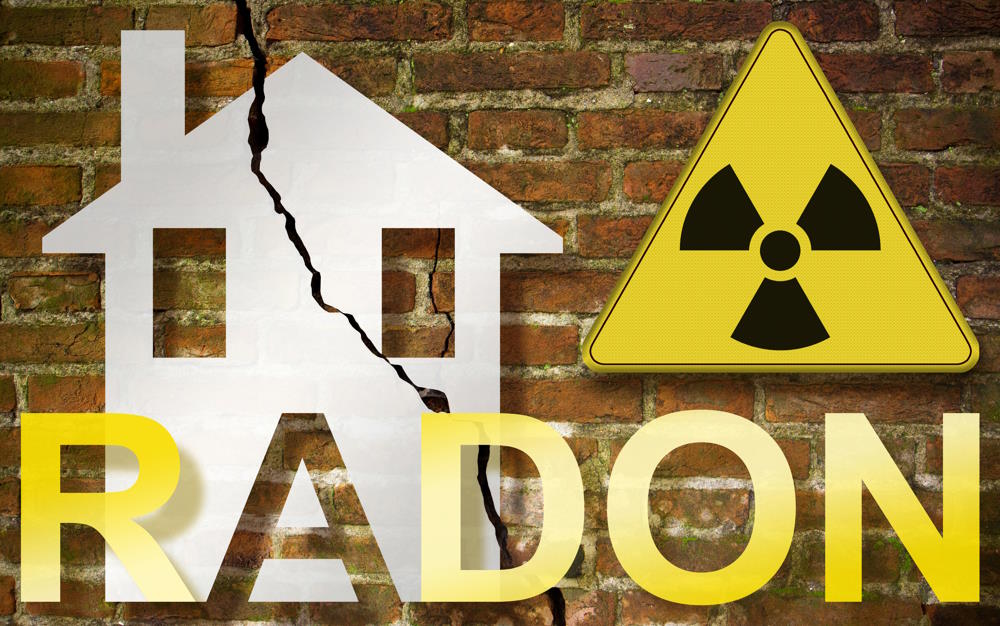Radon is a radioactive gas. It is colorless, tasteless, and chemically inert. Unless you test for it, there is no way of telling how much is present. It can enter homes and buildings and when inhaled can pose serious health risk, including risk of lung cancer. Our mitigation service are designed to reduce levels and create a safer indoor environment.
Call us at 513-831-0743 to learn what the radon levels are in your home.
Radon is formed by the natural radioactive decay of uranium in rock, soil, and water. Naturally existing, low levels of uranium occur widely in the Earth’s crust. Radon can be found in all 50 states. Once produced, radon moves through the ground to the air above and some remains below and dissolves in water that collects and under the ground’s surface.
Radon has a half-life of 4 days-half of a given quantity it breaks down every four days. When radon undergoes radioactive decay it emits ionizing radiation in forms of alpha particles. It also produces short lived decay products, often called progeny or daughters, some of which are also radioactive.
Unlike radon, the progeny are not gases and can easily attach to dust and other particles. Those particles can be transported by air and can be breathed into your lungs.
The decay of progeny continues until stable, non-radioactive progeny are formed. Each step in the decay process radiation is released.

Sometime, the term radon is used in a broad sense, referring to radon and its radioactive progeny all at once. When testing measures radiation from progeny, rather radon itself measurements are usually expressed in working level (WL) units. When radiation from radon is measured directly, the amount is usually expressed in picocuries per liter of air. (pCi/L)

